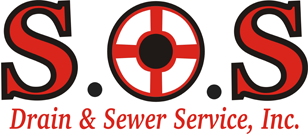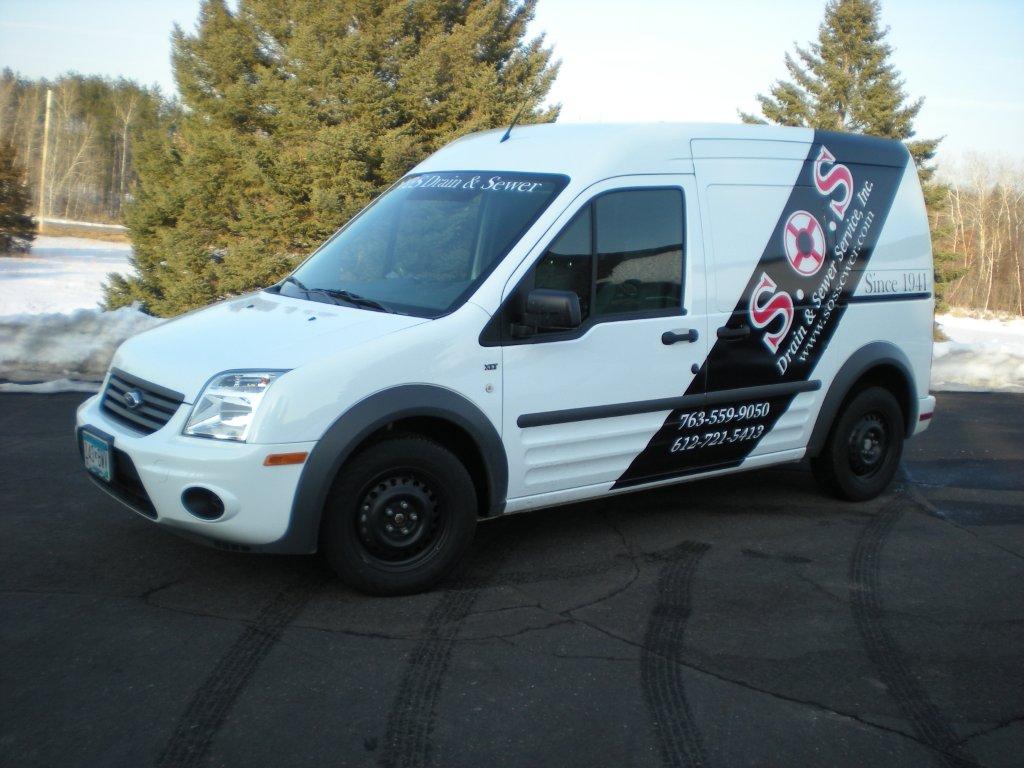Sewer Cleaning Minneapolis & St. Paul
The sewer line is one of the most vital components of your plumbing system. If something goes wrong with your sewer line, it can spell disaster for your home. Sewer clogs can cause problems with all of the plumbing fixtures in your house. A yearly sewer inspection lets you address any potential problems before they lead to expensive repairs. Without proper maintenance, your sewer line may become clogged.
Common Causes of Sewer Clogs
Here are some of the most common causes of clogs in the sewer drain and you need a sewer cleaning professional.
Flushing the Wrong Items
The sewer line is only intended to hold wastewater. When items such as paper towels, baby wipes, or feminine products are flushed down the toilet, it quickly creates a clog in the sewer line. Even many products labeled “flushable” are not truly flushable and will create a clog. Never flush anything except toilet paper.
Grease Build-Up
Always avoid pouring grease down your drains. Although it appears liquid when you pour it, grease and fat will harden inside your pipes. Repeatedly pouring grease down the drain will cause it to build up in your plumbing and create a blockage. Properly dispose of grease to prevent sewer clogs.
Tree Roots
Tree root invasion is one of the most common reasons for a sewer clog. Tree roots seek out any source of water. Even a tiny crack in your pipes creates an opportunity for roots to get in. They will then continue to grow inside the pipe, finally obstructing it.
Cracked or Damaged Drain Pipes
If you have an older home, a sewer clog may be caused by damaged or collapsed pipes. If you have old clay or cast-iron pipes, they may have begun to break down.
Warning Signs of a Sewer Clog
If you notice any of these symptoms, have your sewer inspected as soon as you can.
Multiple Fixtures Back Up
An obvious sign of a sewer drain clog is multiple plumbing fixtures becoming backed up at the same time. Often the toilet is the first to display a problem, but any of your other plumbing fixtures may also back up. Drains on the lowest floor of your home are usually the first ones to experience problems because sewer backups start at the source of the clog and travel up.
Foul Odors
You should not notice any sewage odors around your home if your sewer line is in proper working order. A foul sewage odor indicates that you may have a blockage or a leak in your main sewer line.
You See Sewage in Your Clean-Out
You may have a main sewer clog if you notice sewage building up in your sewer clean-out. The clean-out is a pipe connected to your main sewer line. It allows drain cleaners to access your line and clear away blockages. The clean-out is usually located in your basement or outside in your yard. You should not try to open your clean-out yourself. Wastewater can spill out when it’s opened due to pressure building up behind the clog.
Repeated Clogs
A drain that clogs over and over again, especially if it’s on the lowest level of your house, can be an indication of a clog in your sewer main. Don’t try to treat the problem with liquid drain cleaner. A sewer clog requires help from a plumbing expert.
What to Do – Contact SOS Sewer & Drain Cleaning!
Keeping your sewer line in good repair is critical. Left untreated, a sewer clog can quickly become a plumbing emergency. Sewer clogs need to be addressed right away to prevent damage to your home. If you suspect that you have a sewer clog, contact us to schedule a sewer inspection.









